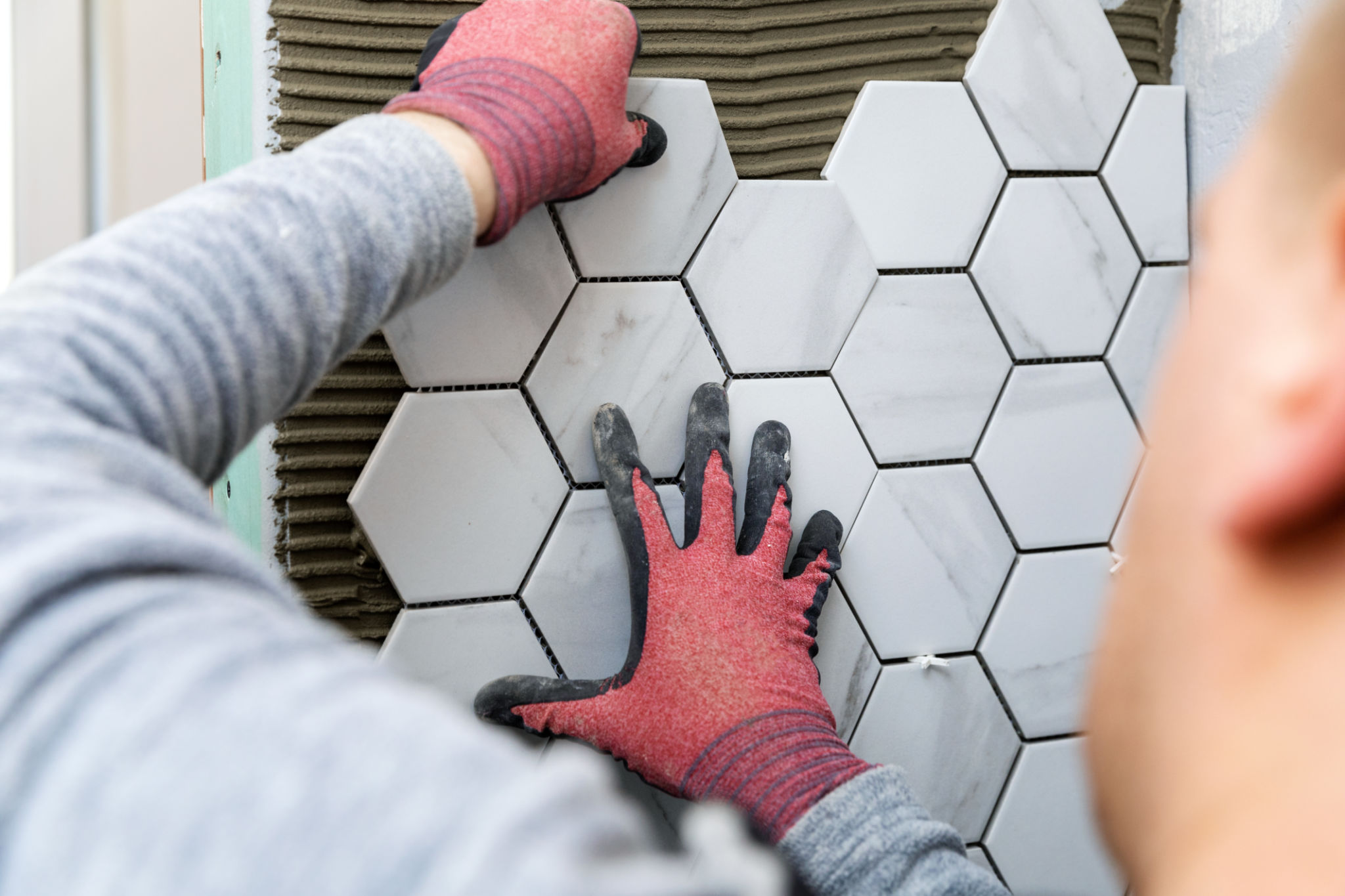Frequently Asked Questions: Choosing the Right Marble for Your Project
Understanding Marble Types
When it comes to choosing marble for your project, understanding the different types available is crucial. Marble varies in color, veining, and texture, making each piece unique. The most common types include Carrara, Calacatta, and Statuario, each with distinct characteristics. Carrara marble is known for its grayish tones and delicate veining, while Calacatta features bold, dramatic veining on a white background. Statuario is prized for its bright white appearance and striking patterns.

How to Choose the Right Marble
Choosing the right marble involves considering both aesthetic preferences and practical needs. Start by assessing the color palette and design style of your space. For a classic look, white marble is a popular choice, while darker marbles add a touch of luxury and sophistication. Additionally, consider the marble's intended use; for high-traffic areas, select a more durable option that can withstand wear and tear.
It's also essential to think about the maintenance requirements. Some marbles are more porous and susceptible to staining, requiring regular sealing and care. If low maintenance is a priority, opt for less porous varieties that offer greater resistance to spills and scratches.
Factors Affecting Marble Costs
The cost of marble can vary significantly based on several factors. The rarity and demand for a particular type can influence price, with rarer marbles commanding higher prices. Additionally, the size and thickness of the marble slabs will impact costs; larger or thicker slabs tend to be more expensive.

Understanding Marble Grades
Marble is graded based on its quality, which affects its price and suitability for different applications. There are three primary grades:
- Grade A: High-quality marble with minimal flaws and uniform patterns.
- Grade B: Good quality with some natural flaws that add character.
- Grade C: Contains more noticeable imperfections and is often used for rustic or artistic applications.
Understanding these grades can help you make an informed decision that aligns with your budget and design goals.
Tips for Marble Installation
Proper installation is key to ensuring the longevity and beauty of your marble surfaces. Hiring a professional installer with experience in working with marble is highly recommended. They will know how to handle the material carefully, avoiding any potential damage during installation.

Additionally, it's crucial to prepare the installation site adequately. Ensure that the surface is level, clean, and dry before laying the marble slabs. This preparation helps prevent future issues such as cracking or uneven surfaces.
Caring for Your Marble
Once installed, maintaining your marble is vital to preserve its beauty. Regular cleaning with a pH-neutral cleaner will help maintain its shine without damaging the surface. Avoid using harsh chemicals or abrasive materials that can scratch or dull the finish.
Sealing your marble periodically provides an additional layer of protection against stains and moisture. Depending on the type of marble and its usage, sealing might be needed every six months to a year. By following these care tips, you can enjoy your marble surfaces for years to come.
